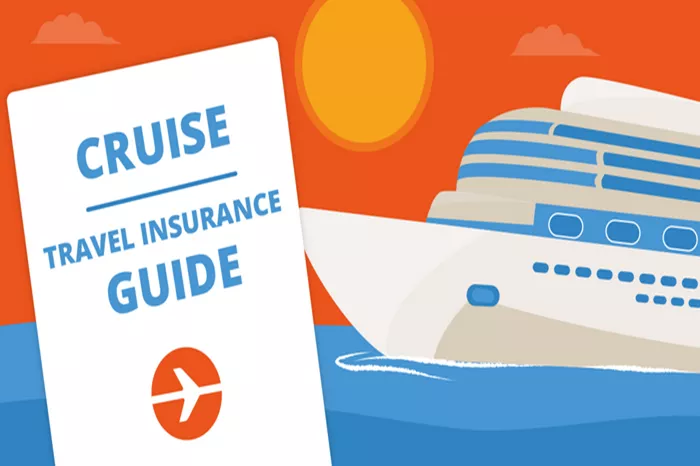Travel insurance is an essential part of planning for trips, especially if you’re a frequent traveler. Annual travel insurance provides coverage for multiple trips within a year, offering convenience and often being more cost-effective than purchasing separate policies for each journey. However, life is unpredictable, and there may be times when you need to cancel your annual travel insurance policy. This article will explore whether you can cancel annual travel insurance, the processes involved, the potential consequences, and other important considerations.
Understanding Annual Travel Insurance
Annual travel insurance, also known as multi-trip travel insurance, covers multiple trips within a 12-month period. This type of insurance is ideal for people who travel frequently, whether for business, leisure, or both. The policy typically covers various risks, including trip cancellations, medical emergencies, lost or stolen belongings, and even personal liability.
Annual travel insurance policies vary in coverage and price, depending on factors such as the level of coverage, the number of trips, and the destinations. These policies are generally more cost-effective for frequent travelers compared to single-trip policies.
Benefits of Annual Travel Insurance
Cost-Effective for Frequent Travelers: If you travel more than a couple of times a year, annual travel insurance is often cheaper than buying separate policies for each trip.
Comprehensive Coverage: Annual policies often offer broader coverage options, including medical emergencies, trip cancellations, and lost luggage.
Convenience: With annual travel insurance, you don’t need to purchase a new policy every time you travel. This saves time and ensures you’re always covered.
Flexibility: Most policies cover a wide range of destinations and trip durations, making it easier to plan spontaneous trips.
Why Would You Need to Cancel Annual Travel Insurance?
While annual travel insurance offers many advantages, there may be reasons why you need to cancel your policy. Some of the most common reasons include:
Change in Travel Plans: If your travel plans change significantly, such as a reduction in the number of trips or a decision not to travel at all, you may feel that maintaining the insurance policy is unnecessary.
Financial Constraints: Economic difficulties might make it challenging to keep up with insurance premiums, prompting the need to cancel the policy.
Health Issues: If you or a family member experiences a serious health issue, it may prevent you from traveling, leading you to reconsider the need for travel insurance.
Dissatisfaction with the Policy: After purchasing the policy, you might discover that it does not meet your needs or that the coverage is insufficient. This could lead to the decision to cancel and seek a different policy.
See Also: Is Annual Travel Insurance Worth It?
Can You Cancel Annual Travel Insurance?
Yes, you can cancel an annual travel insurance policy, but the process and consequences depend on various factors, including the timing of the cancellation, the terms and conditions of the policy, and the insurance provider’s specific rules.
Cooling-Off Period
Most insurance companies offer a cooling-off period, typically ranging from 14 to 30 days from the date of purchase. During this period, you can cancel the policy and receive a full refund, provided you haven’t made any claims and your first trip hasn’t commenced.
How to Cancel During the Cooling-Off Period
Contact Your Insurance Provider: Get in touch with your insurance company and inform them of your decision to cancel the policy.
Submit a Written Request: Some providers may require you to submit a written cancellation request, either via email or through a form provided by the insurer.
Receive Confirmation: Once your request is processed, the insurer should provide you with a confirmation of the cancellation and details of your refund.
Cancellation After the Cooling-Off Period
If you wish to cancel your annual travel insurance after the cooling-off period, the process becomes more complex, and the refund options may be limited.
Refund Options
Pro-Rated Refund: Some insurers offer a pro-rated refund based on the remaining duration of the policy. For example, if you cancel halfway through the policy period, you may receive a refund for the unused portion, minus any administrative fees.
No Refund: Some policies do not offer any refund after the cooling-off period. It’s essential to review the terms and conditions of your policy to understand the refund policy.
How to Cancel After the Cooling-Off Period
Review the Policy Terms: Check your policy document for specific instructions on how to cancel after the cooling-off period and the applicable refund policy.
Contact Your Insurance Provider: Notify your insurer of your intent to cancel. Be prepared to provide reasons for cancellation and any necessary documentation.
Follow Up: Ensure that you receive a confirmation of cancellation and details about any applicable refund.
Conclusion
Canceling annual travel insurance is possible, but it requires careful consideration and an understanding of the potential consequences. Whether you’re canceling due to a change in travel plans, financial constraints, or dissatisfaction with the policy, it’s important to review your options and the terms of your insurance before making a decision.
Consider alternatives such as downgrading, suspending, or transferring the policy before opting for full cancellation. If you do choose to cancel, ensure you follow the correct process to avoid any unnecessary financial loss or complications.
Ultimately, travel insurance is a valuable tool for protecting yourself against the unforeseen risks of travel, and making an informed decision about your coverage will help ensure peace of mind on your future journeys.






















